Retro Replay Review
Gameplay
Shadow of Yserbius offers a classic first-person dungeon-crawling experience that remains engaging decades after its release. You begin by creating a character, choosing from a variety of races and classes, each with their own strengths and weaknesses. As you venture deeper into the volcanic labyrinth, you’ll navigate a grid-based map, uncover hidden traps, and solve environmental puzzles to advance. The deliberate pacing gives you time to think through each encounter, whether it’s a sudden monster attack or a tricky lever puzzle.
Combat in Shadow of Yserbius is turn-based but fluid, allowing you to position your character, manage your inventory, and cast spells before each adversary moves. Health, mana, and ammunition are finite, so resource management becomes a critical part of the strategy. You’ll learn to balance aggressive exploration with careful conservation of healing potions and scrolls, turning every cleared room into a small victory. A simple yet effective AI ensures enemies surround, flank, or retreat, keeping you on your toes throughout the volcano’s depths.
Character progression feels rewarding: experience points accumulate steadily, unlocking new spells, hit points, and special abilities. Every level up feels meaningful, as you can customize your character’s growth to suit your preferred playstyle—be it sword and shield tanking, long-range archery, or high-damage magic. The presence of secret passages, locked doors, and hidden chambers encourages thorough exploration; even after several hours, you may stumble across a corner of Yserbius you missed the first time, keeping replay value surprisingly high.
Graphics
Released in the early ’90s, Shadow of Yserbius uses VGA-style visuals to bring its volcanic dungeons to life. While not polygonal, the hand-drawn textures and attention to color create an immersive atmosphere—you can feel the heat radiating from the lava flows and see the flicker of torchlight along moss-covered walls. Enemy sprites are varied and well-animated, from snarling goblins to hulking trolls, each with a distinct silhouette that makes identifying foes in dimly lit corridors straightforward.
The user interface is clean and intuitive, with status bars, a small automap, and inventory panels neatly arranged around the main viewport. Tooltips and iconography are self-explanatory, so you’ll rarely find yourself fumbling through menus in the heat of battle. The automap fills in as you explore, though you’ll still want to jot down notes or draw your own sketches for the more convoluted passages—a charming throwback to the paper-and-pencil days of old-school RPGs.
While modern gamers may find the pixel density modest by today’s standards, the game’s art direction compensates with a strong sense of place. Flickering animations of bubbling magma and crumbling rockfalls add life to otherwise static screens. The limited palette works to the game’s advantage, casting dramatic shadows and highlighting interactive objects so that you’re never in doubt about which levers to pull or which doors to open.
Story
Shadow of Yserbius doesn’t rely on sprawling cinematic cutscenes; instead, its narrative unfolds organically as you explore the volcano’s underbelly. The premise is straightforward—you are the lone adventurer seeking fame, fortune, and perhaps ancient relics hidden within Yserbius. Encounters with scattered notes, cryptic inscriptions, and the occasional wandering NPC drip-feed lore that hints at a once-powerful civilization now lost to time and volcanic fury.
The incremental storytelling encourages curiosity. You might come across a scorched letter describing a failed expedition, or a rune-etched door that requires a puzzle solution rooted in the game’s backstory. These small narrative breadcrumbs keep you invested, motivating you to delve deeper into the gloom and learn what ultimately caused the volcano’s eruption and the downfall of its inhabitants. The stakes feel personal to your character, amplified by the ever-present threat of being overwhelmed by monsters if you linger too long without rest or potions.
Throughout the game, you’ll discover subtle variations depending on your chosen race and class, including unique dialogue snippets or special quest triggers. This adds an extra layer of depth, as replaying with a different character archetype can uncover fresh perspectives on Yserbius’s history. While there’s no epic branching storyline, the focused, exploration-driven narrative provides just enough context to make every corridor and cavern compelling.
Overall Experience
Shadow of Yserbius remains a standout example of early first-person dungeon RPG design. Its blend of methodical exploration, resource-driven combat, and atmospheric presentation delivers a satisfying solo adventure. There’s an undeniable sense of achievement each time you map out a new wing of the volcano or defeat a particularly tough foe using strategy rather than brute force. The gradual buildup of tension and reward makes each play session feel purposeful.
For fans of retro RPGs, the game’s limitations are part of its charm. You’ll find yourself embracing the minimalist storytelling, the necessity of drawing your own maps, and the careful micromanagement of supplies. Modern conveniences like auto-saving and fast travel are absent, but overcoming those hurdles only heightens the gratification when you finally conquer a challenging level or unearth a hidden vault of treasure.
Whether you’re a collector of gaming history or a newcomer curious about the roots of graphical dungeon crawlers, Shadow of Yserbius offers a robust single-player experience that holds up surprisingly well. Its blend of solid mechanics, moody graphics, and emergent narrative moments creates a world that’s easy to get lost in—and even easier to appreciate for its role in shaping future RPGs.
 Retro Replay Retro Replay gaming reviews, news, emulation, geek stuff and more!
Retro Replay Retro Replay gaming reviews, news, emulation, geek stuff and more!
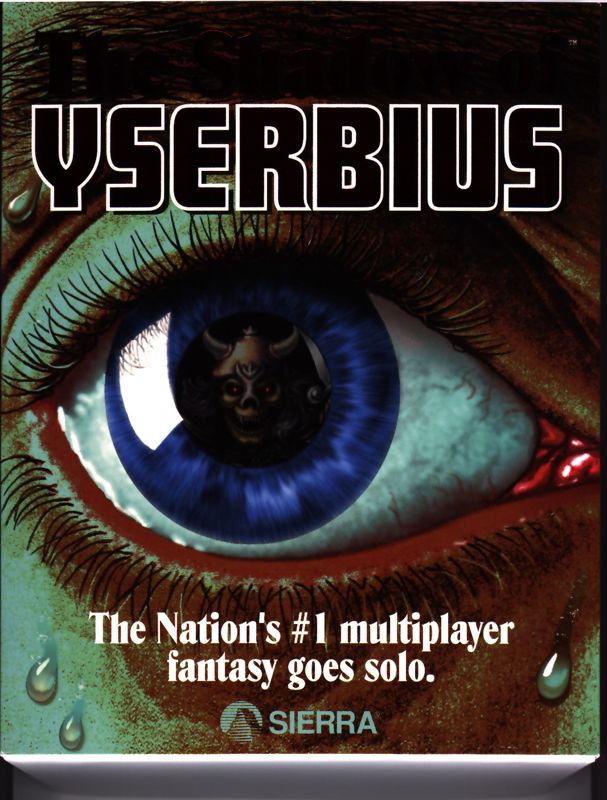
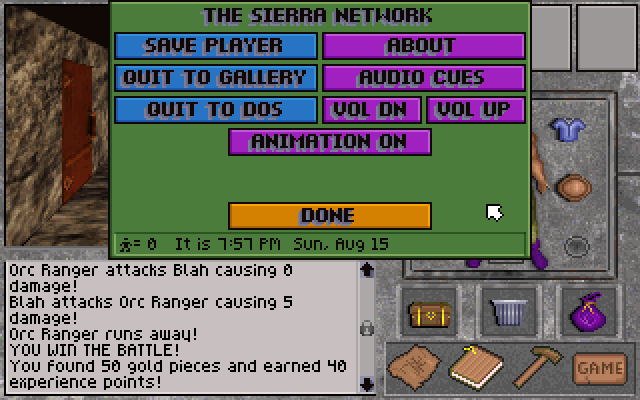

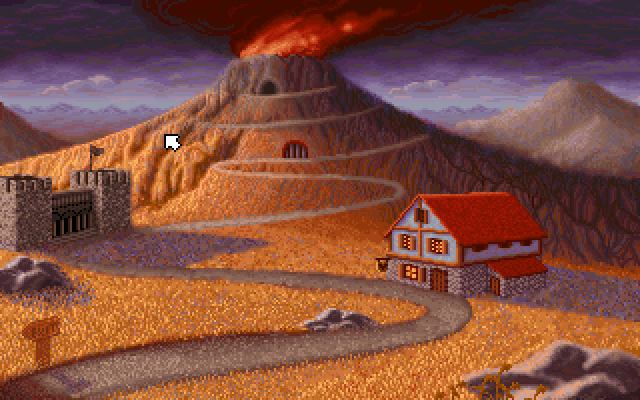
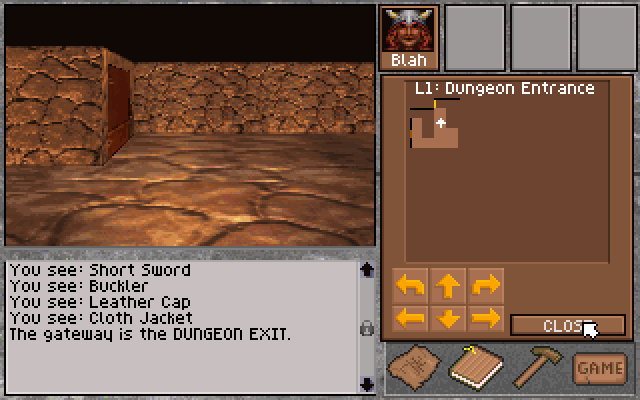
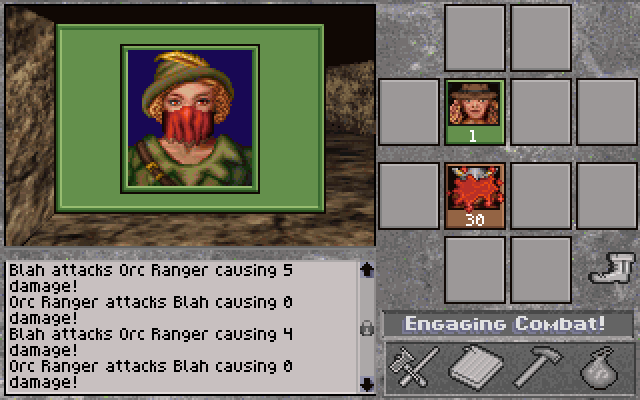



Reviews
There are no reviews yet.